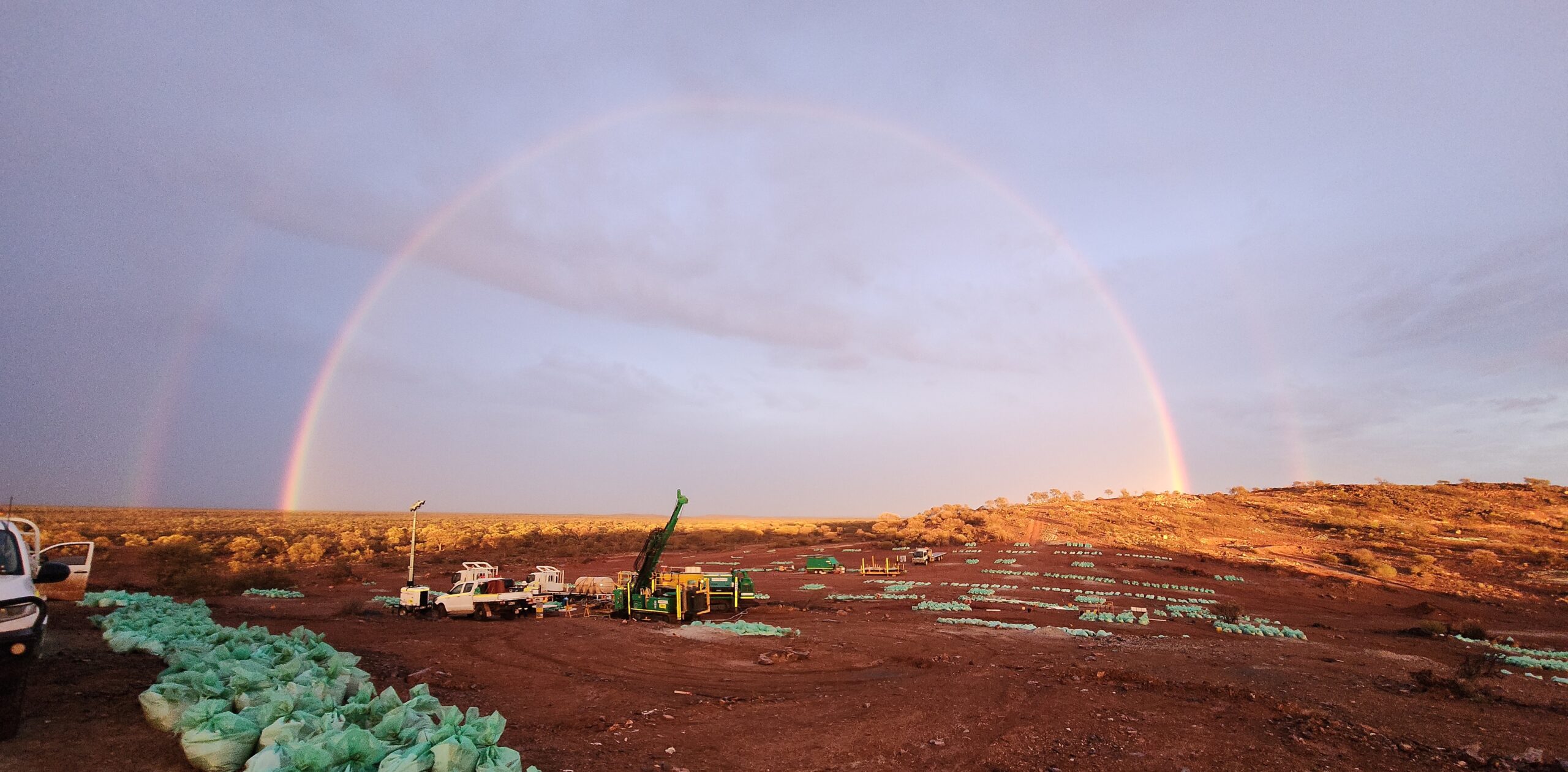Given I regularly wrote about the greenshoots emerging for juniors during the long downturn, it is only fair that I take a contrarian standpoint while the sector enjoys the greatest period in its history
Don’t get me wrong, I am not predicting the end of the gold boom, but what does interest me is that for all the current success, the seeds of failure and disappointment are already being sown.
In the mining game, this is unavoidable. Junior gold mining is a high-risk venture and the job of the management is to push the asset to its extremities.
The current gold price has simply raised the bar for what can be achieved.
I’ve lost count of how many people have been saying, “if you can’t make money at this gold price….” This misses the point, however. The metrics for what constitutes a robust project have shifted dramatically.
Only five years ago, the standard assumption was that a junior shouldn’t embark on a feasibility study unless it could guarantee 100,000 ozpa over 10 years. Now, we are seeing scoping studies on resources of less than 20,000oz.
Even a 50,000 ozpa project is capable of producing more than $100 million a year in free cashflow, and there is surely no one in the market advising against taking up such an opportunity.
But regardless of the spot price, there will always be projects which are marginal and run the risk of being exposed should the price move. The trick for companies and investors is understanding which assets will be exposed when the tide inevitably goes out.
It is currently very difficult but as the oft-referenced 2001 Warren Buffett quote goes: “Nothing sedates rationality like large doses of effortless money. After a heady experience of that kind, normally sensible people drift into behaviour akin to that of Cinderella at the ball. They know that overstaying the festivities will eventually bring on pumpkins and mice. But they nevertheless hate to miss a single minute of what is one helluva party. Therefore, the giddy participants all plan to leave just seconds before midnight. There’s a problem, though: They are dancing in a room in which the clocks have no hands.”
The recent Mining Americas Forum in Colorado very much had the Cinderella’s ball feeling.
The swell of generalist investors at the conference was evidence that we are in unprecedented times for the gold equities sector but speaking to a few long-term gold investors, it was evidence enough to start planning their exit strategy.
This becomes as important for gold miners as investors. The majors and mid-tiers should be preparing assets for divestment now. Much of the talk at the conference was about the difficulty of acquiring assets at fair value in this market, but similarly, these conditions provide a rare opportunity to generate good returns from non-core assets.
Most mines are making money at these prices, but the companies who come out of this boom most successfully will be those who have upgraded their portfolios and cashed in on assets at the top of the market, even if it means sacrificing some free cashflow in the short term.
The last thing companies want is to find themselves locked into a mature asset with falling production and rising costs in a softening gold market. That will end up costing the company far more than disposing of the mine early.
It may result in one or two underappreciated world-class exploration projects being let go, but the NewGenGold programme is full of examples of how this works out for the sector.
It is part of its natural cycle. Sometimes assets which are tired need only a new interpretation, a fresh approach to enliven them but there is almost no way of knowing which assets will be resurrected and which will fail.
Some of these assets may well blossom into exploration success but many won’t. For everyone caught up in this current boom – from majors to explorers, executives to investors – there will be failures over the horizon, it is about balancing them out against much bigger successes.

